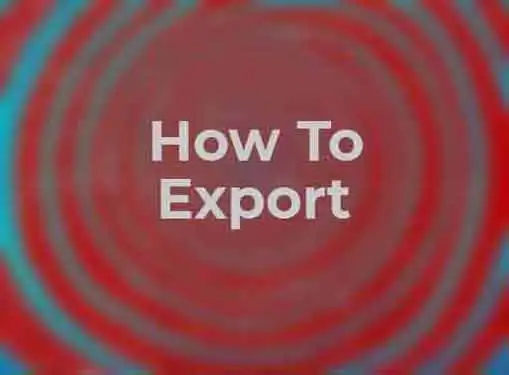Articles on Exporting
How To Start Exporting
Wondering how to start exporting? Smart move. Exporting is a great way to grow your business, simply by giving new markets access to your products and services.
Business is booming and you're looking for a way to expand your market.

You've always toyed with the idea of taking your business global, but the timing has never seemed right. Now the timing may be right, but you don't have any idea how to do it.
Sound familiar? Every day, hundreds of small business owners take the leap and begin selling their products internationally. If they can do it, so can you.
However, the decision to export shouldn't be taken lightly. Do it wrong and you'll find yourself dealing with financial and even legal problems that will make your head spin. But do it right and the world can be yours.
Step 1: Evaluate Your Goals
Before you decide to export your products overseas, you first need to determine what you expect to happen as a result of your international ventures. If you're looking to turn a quick profit, then exporting probably isn't a good idea. It takes time to build up a successful exporting business, so make sure you're prepared for the long-term commitment it requires.
Step 2: Determine Feasibility
After you've assessed your goals, the next step is to determine whether or not exporting is even feasible for your business. To do this, you'll need to start gathering information about foreign markets, product demand, and how you'll get your product overseas.
Luckily, you won't have to do this on your own. Help is available from the U.S. Department of Commerce. Log on to their Export website for more information. Be sure to check out their Exporting Basics microsite. It's packed with tons of great exporting information.
Another excellent site to visit to learn about international trade and exporting is The Federation of International Trade Associations web site.
Step 3: Pick a distribution method
If exporting seems like a viable option, it's now time to start nailing down specifics about how your product will be distributed in a foreign market. There are a lot of ways to do this ranging from opening a foreign subsidiary of your company to placing your product on the shelves of a few existing stores. Usually, the best choice for a small business new to exporting is to partner with someone who is already active in the country in which you hope to sell your products. You can accomplish this through agents, distributors, or joint ventures. Use the contacts you established in Step 2 to locate potential partners.
Step 4: Research pricing, cultural, and legal issues
With the help of your partners, start researching the issues that will impact the ability to deliver your products to the doorsteps of foreign customers. How much will you charge for your product overseas? What changes are needed to make your product attractive to non-American buyers? What legal hoops do you need to jump through to make your exports a reality? All of these are questions that need to be answered before you can move on to the final step.
Step 5: Prepare & Ship Your Products
Using all the information you gathered in Step 4, prepare your products for shipment. Solicit input from your foreign partners before you package your products to make sure nothing gets "lost in translation". Your partners may also be able to point you toward a cost-efficient and reliable method of shipping.
Share this article
Additional Resources for Entrepreneurs



Conversation Board
We greatly appreciate any advice you can provide on this topic. Please contribute your insights on this topic so others can benefit.